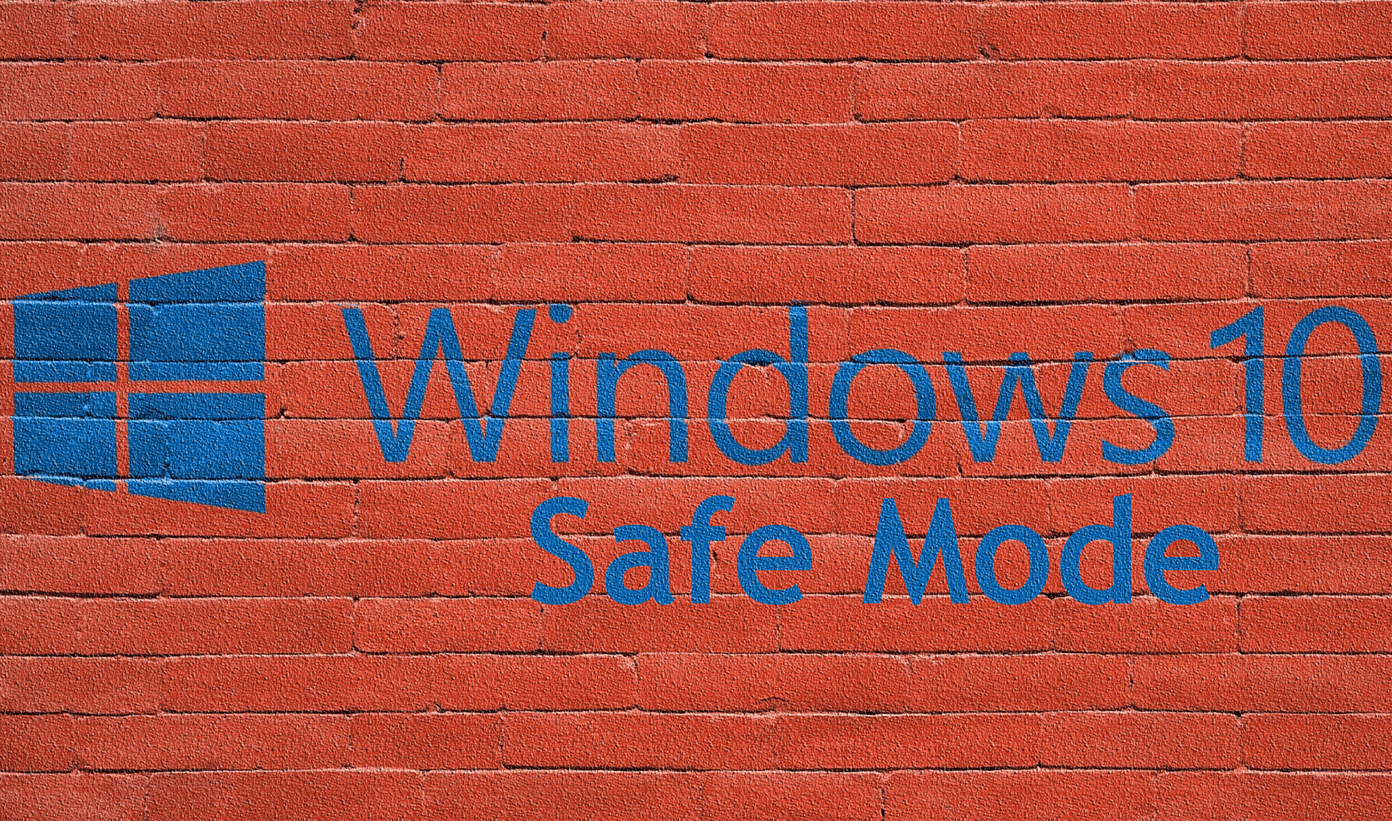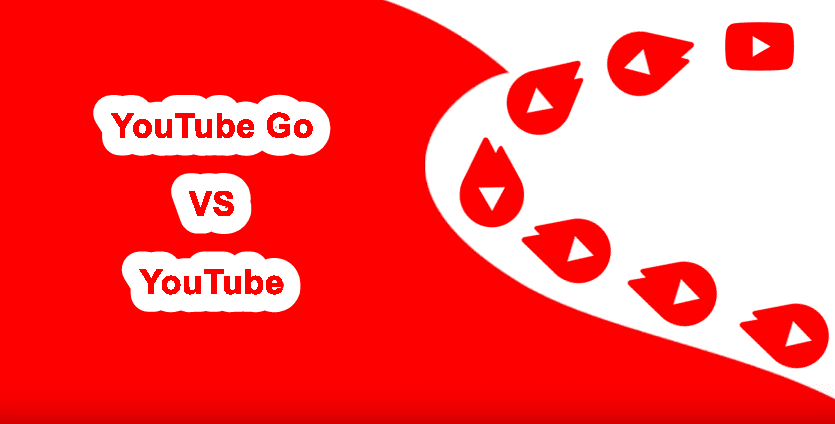Samsung has suffered a lot in terms of both sales and consumer trust following the mishap surrounding the Galaxy Note 7 devices and their recall. The much-awaited Galaxy S8 was unveiled recently and has the most bezel-less design ever seen on any smartphone alongwith an array of upgrades on its predecessor. Apart from the fact that the Galaxy S7 was launched at the Mobile World Congress last year and S8 wasn’t launched at the event this year, let’s look into what are the key differentiators between these Samsung flagship devices, launched a year apart.
Processor
Being the older one of the two, it’s but obvious that the Galaxy S7 doesn’t pack as much power in its core as the new Samsung Galaxy S8. While the S7 was powered by a 64-bit octa-core processor based on the 14nm tech, the new S8 uses a thinner 64-bit octa-core processor based on the 10nm tech — making it technologically advanced. The processor size makes a significant difference as it gives space to fit in more components into the device and also contributes towards the slim design as well as better battery life, among other things.
Camera
To everyone’s surprise, Samsung hasn’t innovated much in this part of the Galaxy S8 which sports the same 12MP rear camera setup with optical image stabilisation (OIS), as seen on the Galaxy S7. The upgrade, however, seems to be software based as the new Galaxy device incorporates the same burst shutter mode which snaps a series of images when you click the camera button and then combines the best of those to make a single refined image — a feature seen on Google Pixel device’s camera unit. The camera on the S7 was only bested by Pixel’s camera and it seems that Samsung is inclined to close the gap between their image quality when compared to Google Pixel, with the S8.
Display
Although there is little difference in the size of both the devices, the Samsung Galaxy S8 features a 5.8-inch Super AMOLED Infinity display, which is bigger and better than Galaxy S7’s 5.1-inch AMOLED. The new device’s display covers 83% of the front panel while its predecessor covered 72% — which was at that point the best in its class. The new display is protected by Corning Gorilla Glass 5, which offers better protection as compared to its predecessor — protected by Corning Gorilla Glass 4.
Design
Samsung has made the new device to be as bezel-less as possible and have done a good job with the dual-edged display of the Galaxy S8. The physical home button on the S7 is absent on the S8, which has been embedded under the screen functions just like a physical button while the back and recent apps buttons are customisable softkeys. The new device also has the same IP68 water and dust resistance certification as its predecessor.
Biometrics and Battery
The newly unveiled Galaxy devices incorporate Samsung’s Knox security platform alongside a combination of different biometric unlocking methods. While the Galaxy S7 only had a fingerprint sensor to secure the device, its successor gets a fingerprint sensor, Iris scanner as well as facial recognition capabilities. The Galaxy S8 shares the same battery unit as the one on the S7, which is cause for concern for many since the new device has a bigger and better display — meaning more battery consumption. But the good part is that the new device’s battery won’t depreciate over time as quick as the S7. While the S7’s battery longevity came down 20% in a year, Samsung claims that the S8’s battery will lose only about 5% power. Apart from this, the S8 gets USB Type-C charging as well as wireless charging — both of which are claimed by the company to be faster than the fast charging which was available on S7 devices.
Bixby and Smart Connectivity
Samsung has launched their own in-house smart assistant contender in the market which is currently being dominated by the likes of Google Assistant, Siri, Alexa and Cortana. Since Galaxy S8 is the first device to feature Bixby — and even get a dedicated physical button for it on the side panel — it’s obvious S7 didn’t have the smart assistant. But that doesn’t mean S7 won’t ever get Bixby, it’s quite possible that one of the upcoming updates gets Bixby to S7 users too. The Samsung Galaxy S8 also gets a better Bluetooth 5 — which is twice as fast and has four times the range when compared to S7’s Bluetooth 4 tech. The new S8 also houses Smart Home management tech, which will connect to all the smart home devices, manage and monitor them via a single app. Another app which we can see making its way into the S7. Apart from all these features, the new Galaxy S8 and S8+ devices also get Samsung Pay — a secure wallet service –, Samsung Health and Samsung Dex — which makes your device function as a chrome-based OS CPU, streamable on a monitor.
The Galaxy S8 or S7?
Both the devices are powered by the same battery units, have almost the same primary camera features barring a software upgrade, run on the same OS and have almost the same CPU speed. The Galaxy S8 mostly wins on the software upgrades it has received over its predecessor, but the price it commands at present versus the inevitable price-drop that the S7 is going to face makes the older Galaxy device a good buy too. Needless to say, if you’ve the kind of dough that is needed to own a Galaxy S8, simply go for it based on the fresh and unique design it offers — the only thing that might bother you is the battery which will probably last lesser than it did on the S7. The above article may contain affiliate links which help support Guiding Tech. However, it does not affect our editorial integrity. The content remains unbiased and authentic.
















